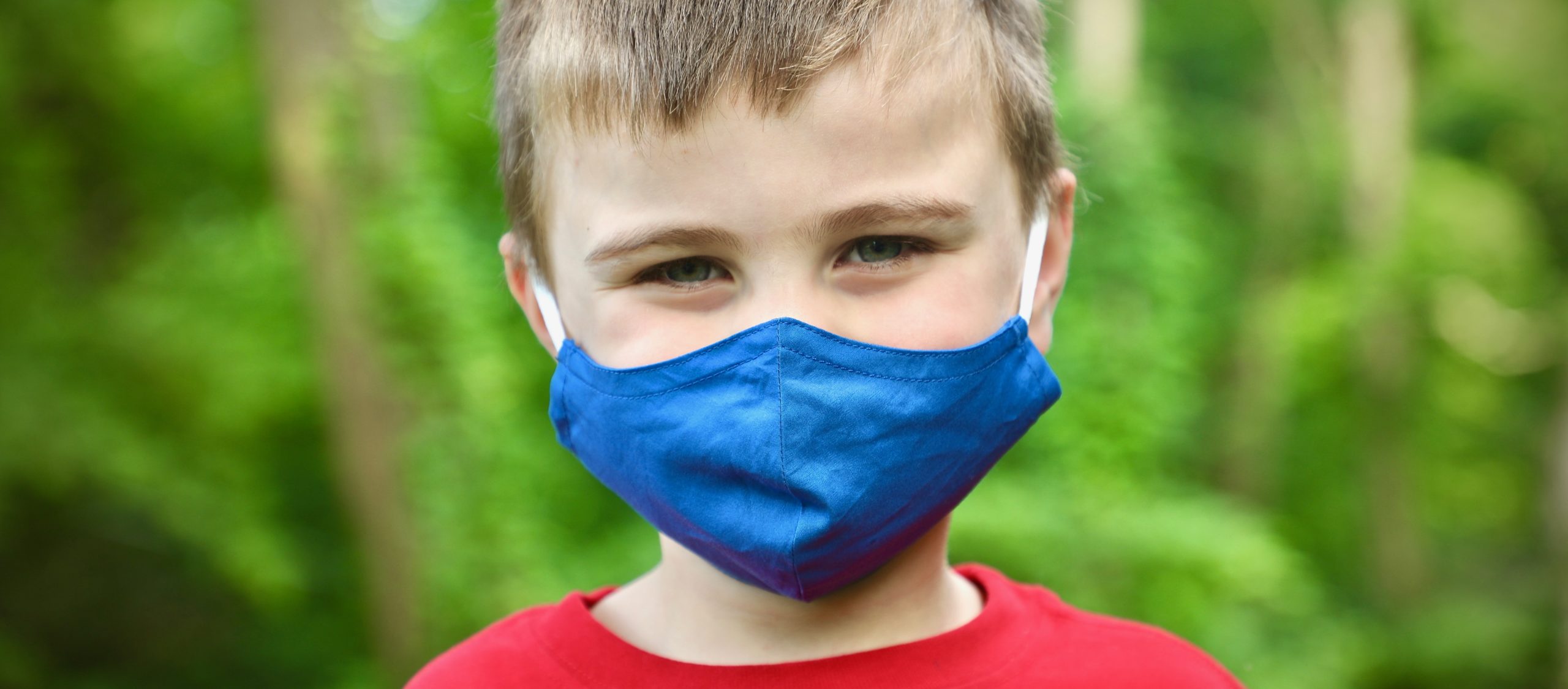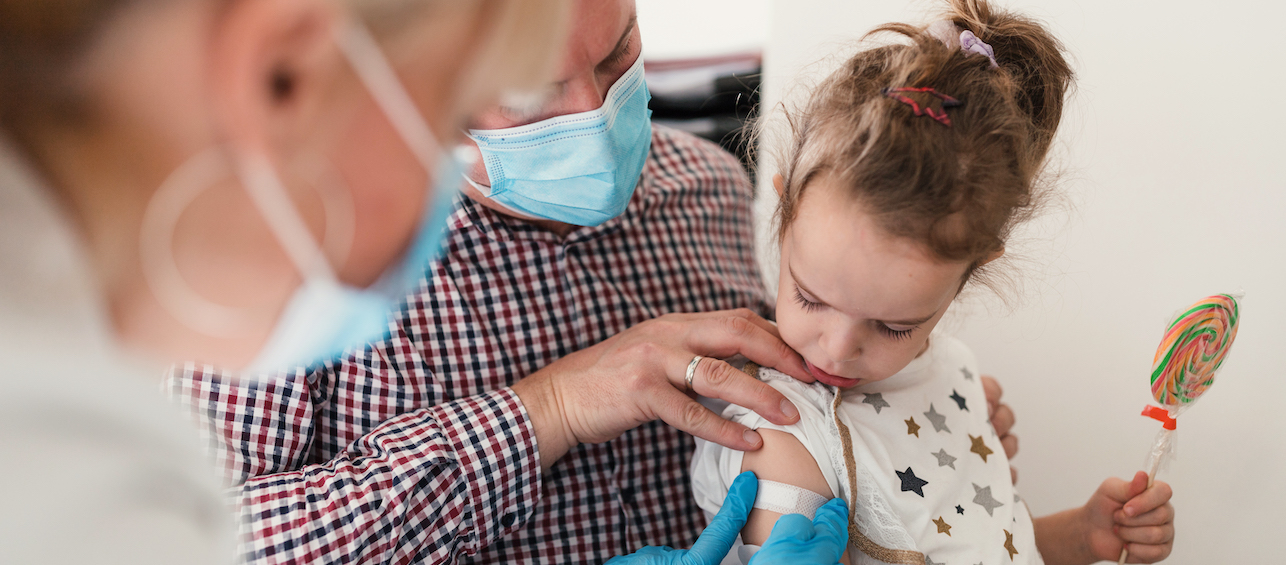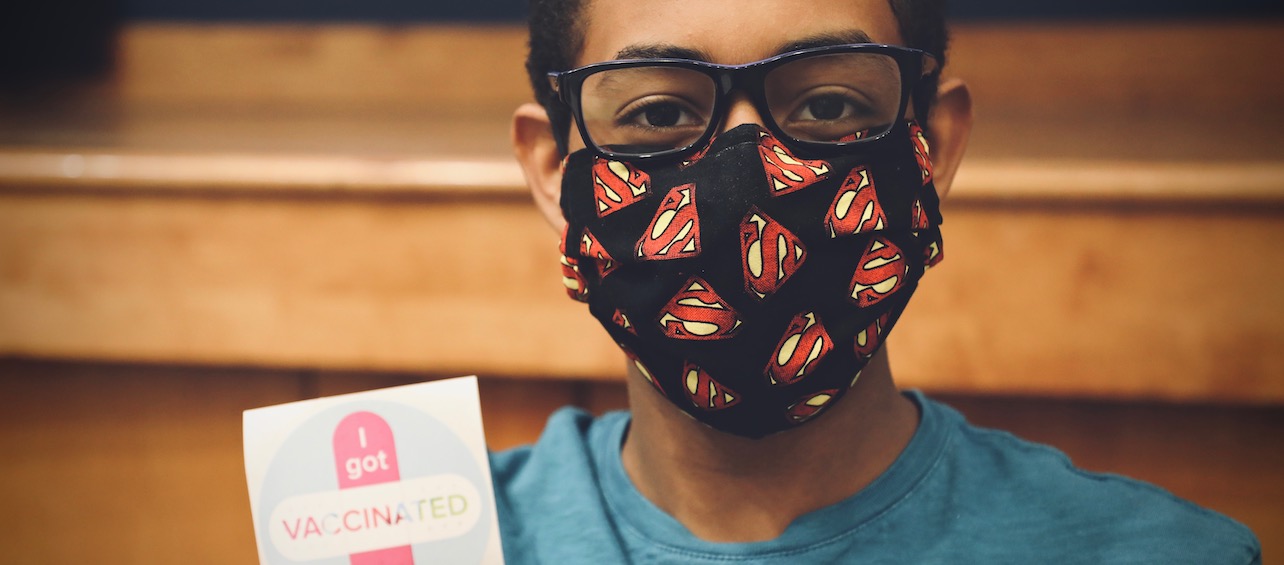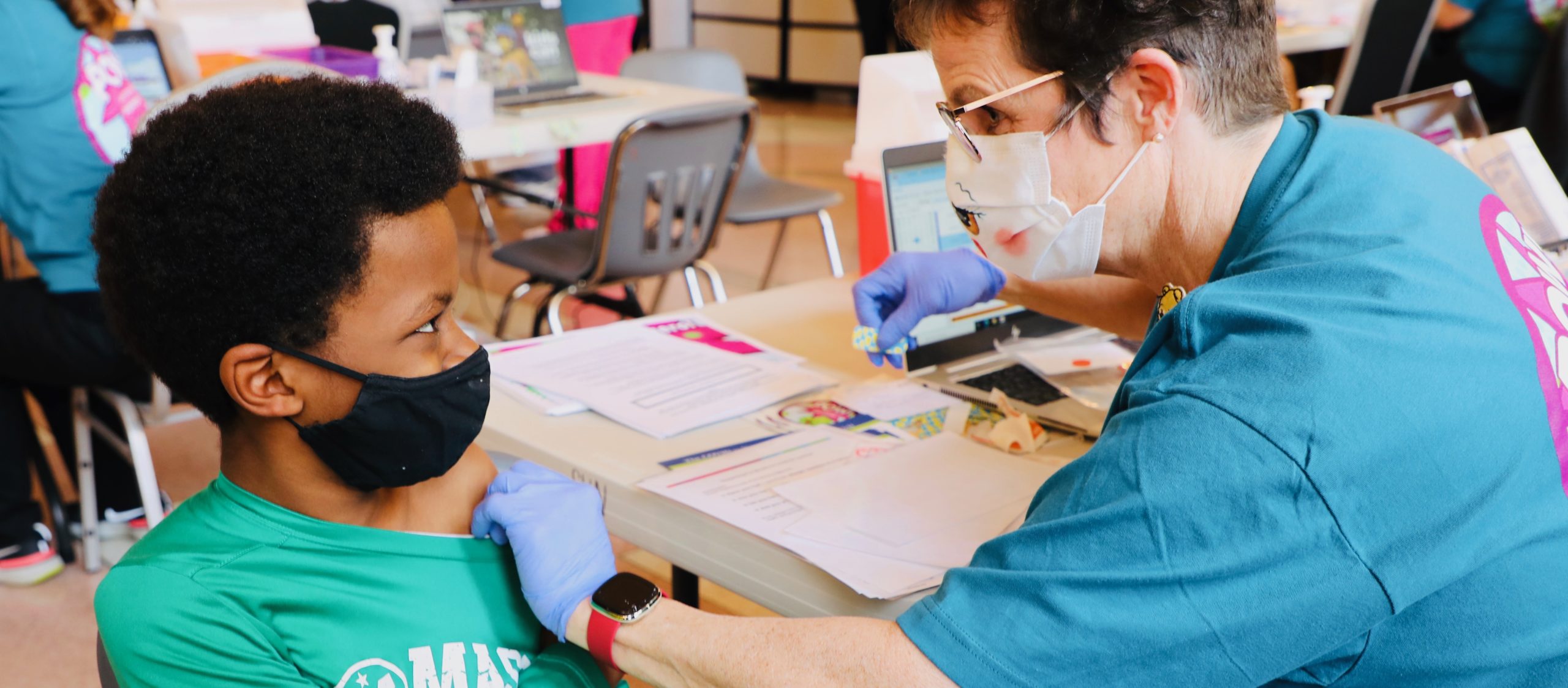As kids head back into classrooms and onto playgrounds, there are many things that we’re uncertain about. But, one thing we know for certain is that masks make everyone safer. As a parent, you might be wondering what to look for in a mask, where to look for it, and how the different masks compare.
Here are some easy tips for parents:
- Find a Good Fit: For maximum safety, masks should fit snugly and comfortably, contain multiple layers of fabric, be secured with ties or ear loops, and allow for unrestricted breathing.
- Consider Cloth: Kids have a lot of wear and tear on their wardrobe, and the same goes for their masks. Cloth masks will last longer and make it through entire days of school better than disposable options. N95 respirators are not necessary or appropriate for kids going back to school.
- Go for Comfort: Does your child have allergies or sensitivities? Consider what types of fabrics and textures your child tolerates in their wardrobe and apply the same logic to their masks.
- Make Your Own: Consider a trip to the fabric store to let your child select their own mask material. (Or, skip the fabric store and repurpose a favorite old t-shirt or other item of clothing.) They’ll be more likely to wear a pattern or color they’re excited about, and there are lots of easy and no-sew patterns available online.
- Stock Up: Your child will need 3-4 masks that you can rotate throughout the week as you do laundry. Masks should be washed after every use.
- Extra Considerations: Filters are a matter of personal preference and are not necessary or recommended, as long as the mask has two or more layers of breathable material. The CDC recommends that gaiters be made of two layers or be folded over into two layers. If your child is comfortable in a mask that loops over the ears or ties behind the head, it’s probably best to use this type of mask. Do not choose masks with vents or valves as these allow virus particles to flow through the mask. For more advice and ideas on how to help our kids mask well, including proper fit and special circumstances, see the CDC’s guide to face coverings.
- Mask Care: Wash your child’s mask after every use in hot water and dry on high heat. When dirty, store the mask in a paper bag overnight or until you can launder it.
At the end of the day, the most important thing about getting a mask for your child is to find something that makes sense for your child and their activities and preferences. The more you can involve your child in the mask choosing process, the more they can help choose something they’re excited to wear.





